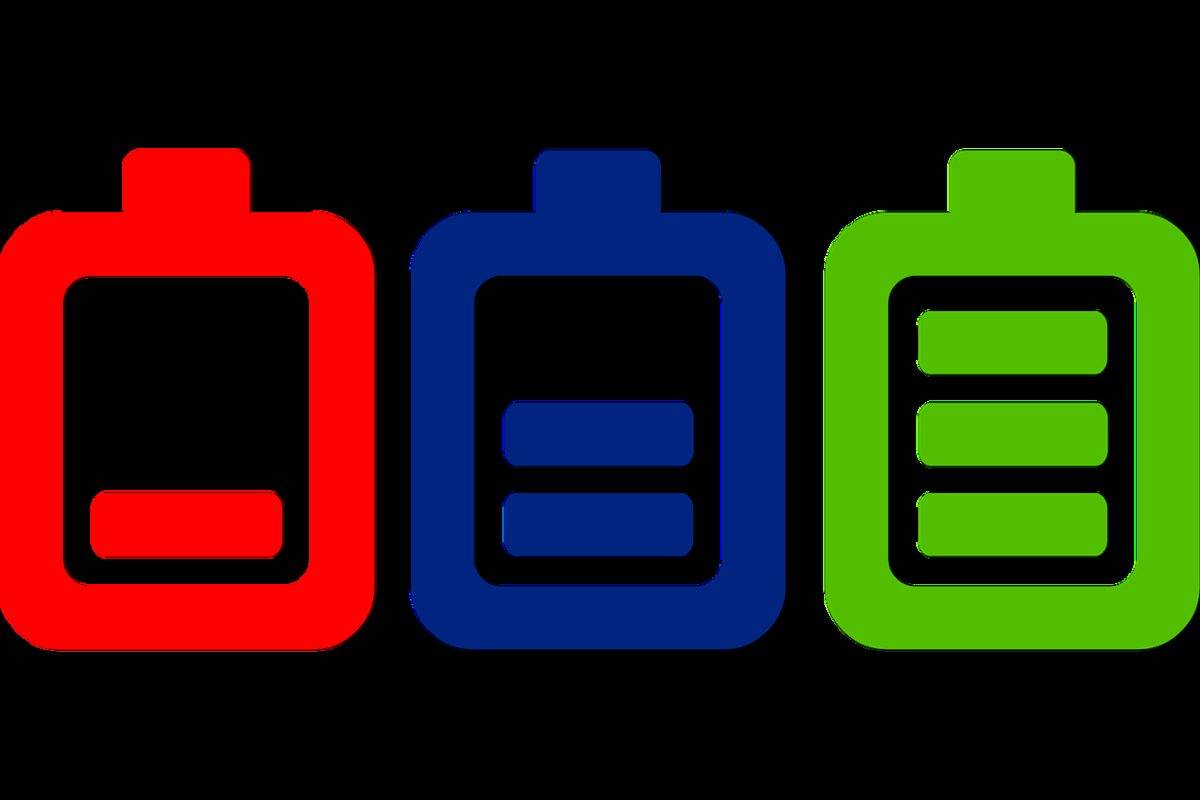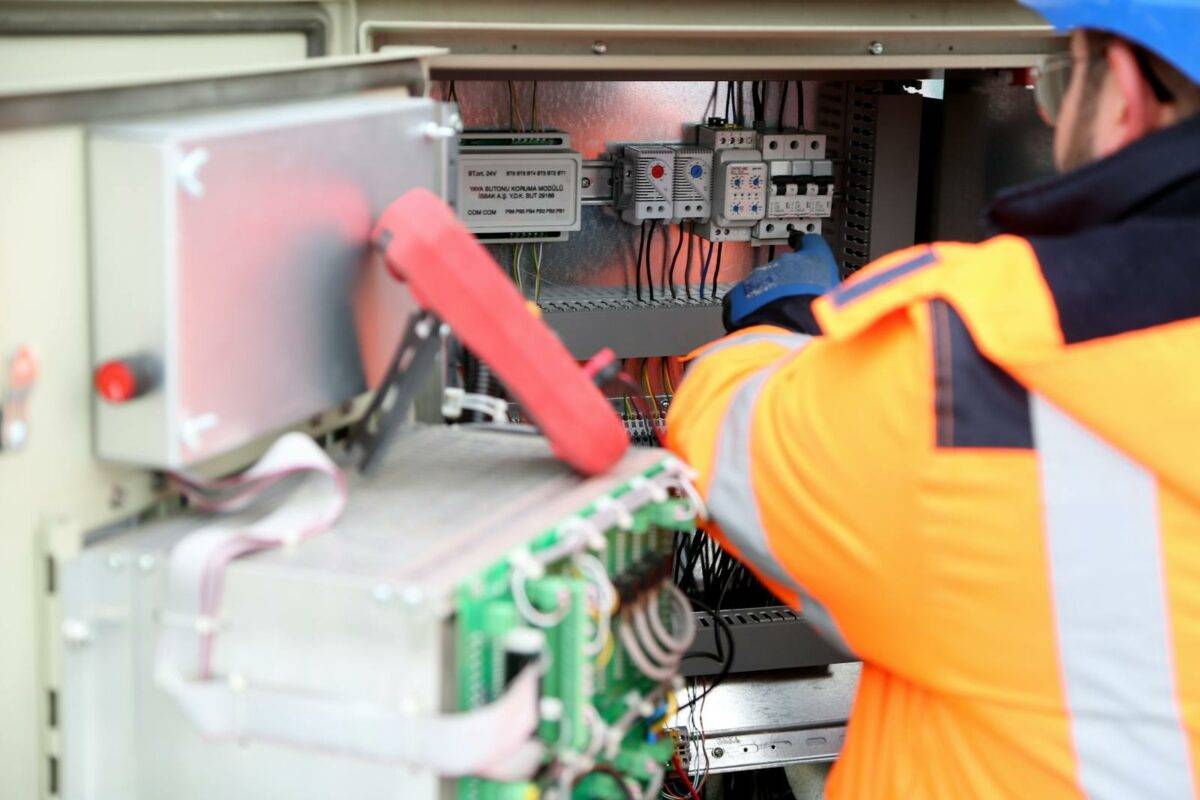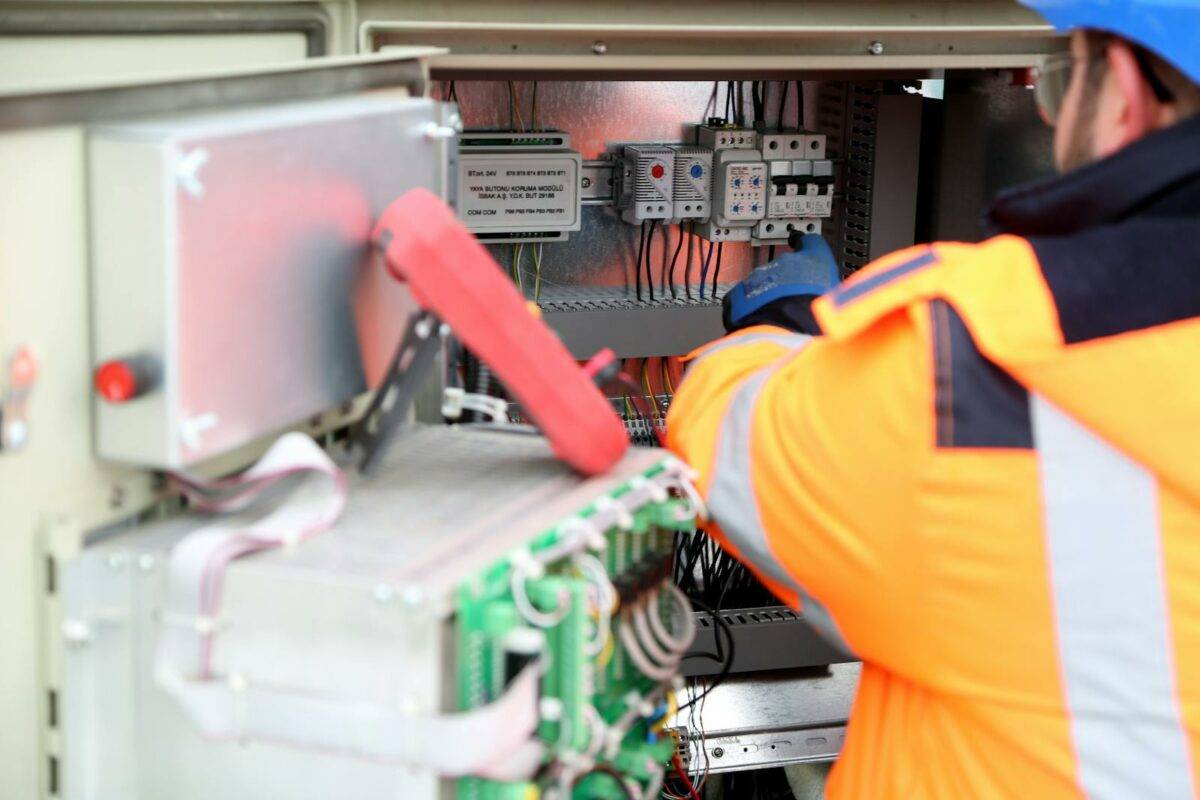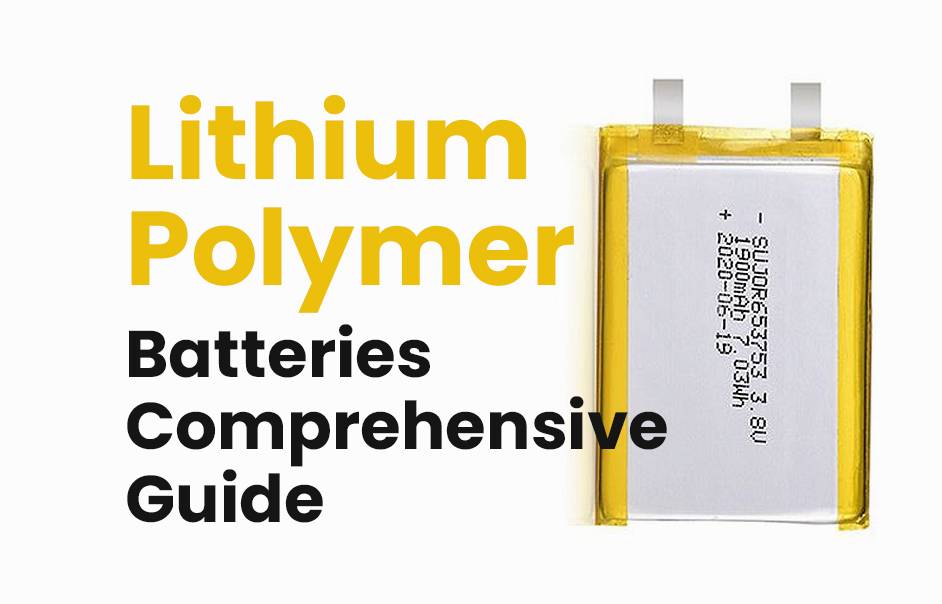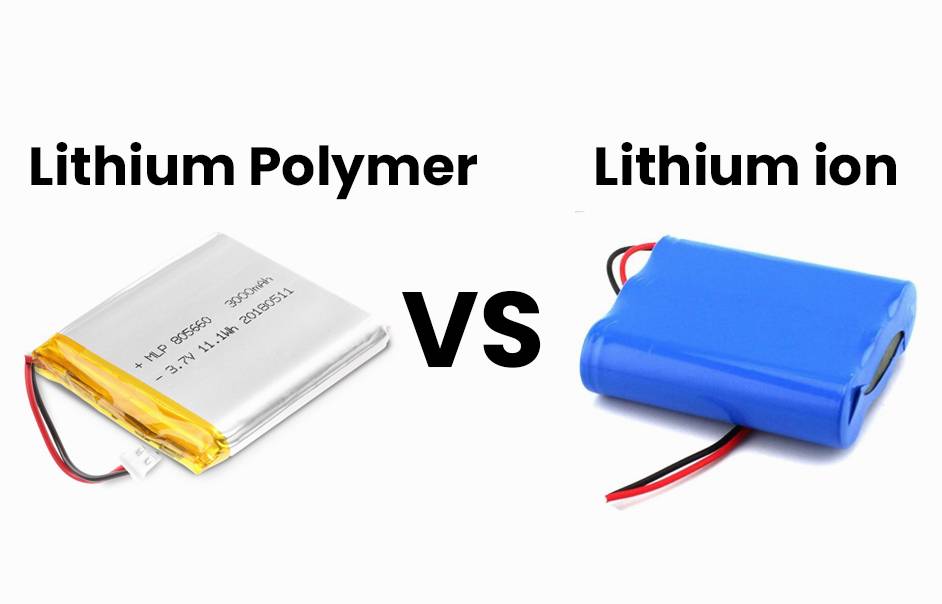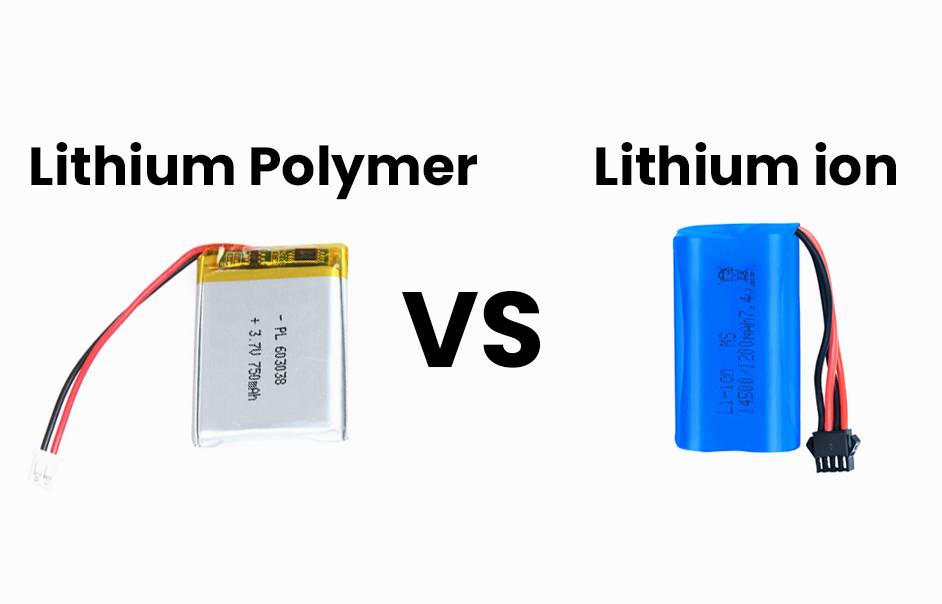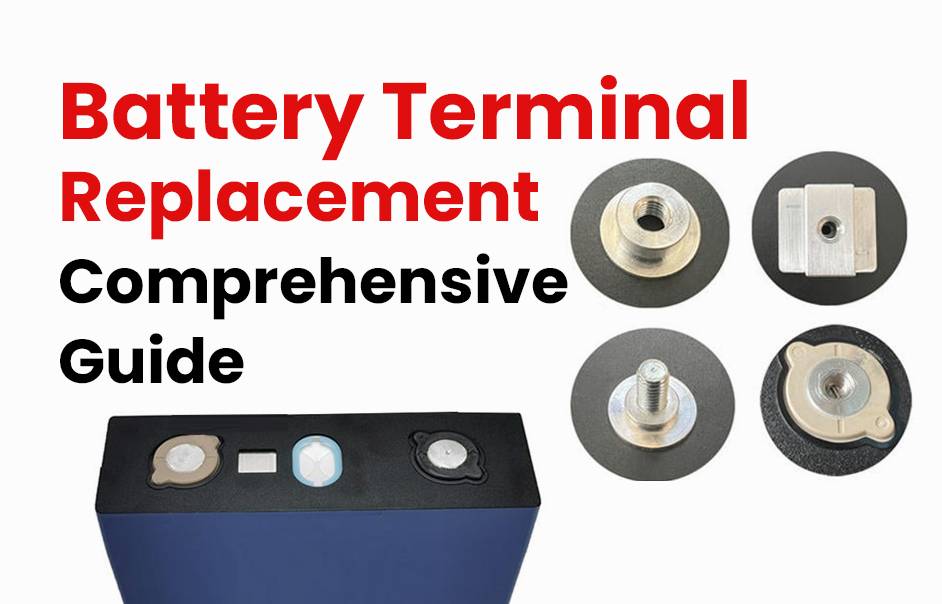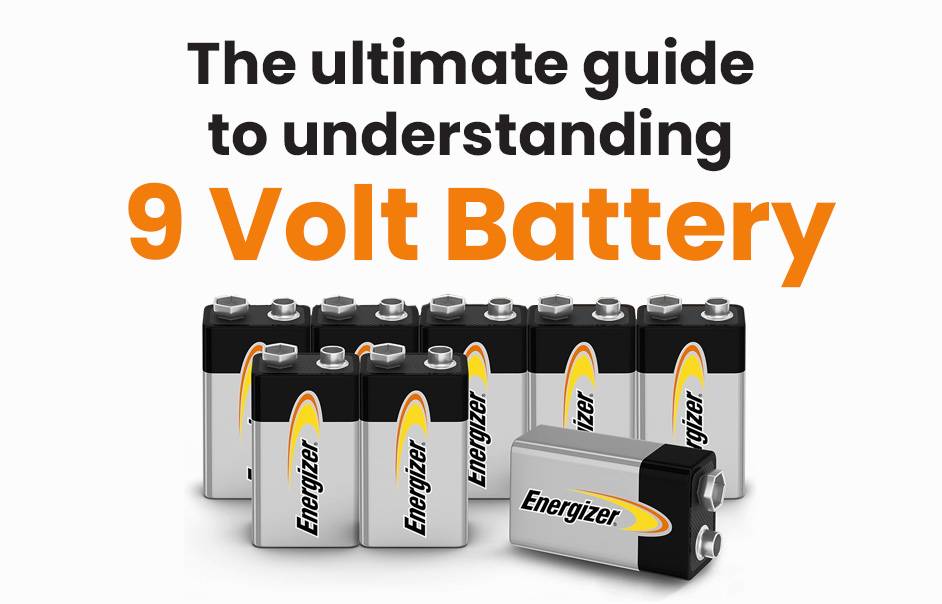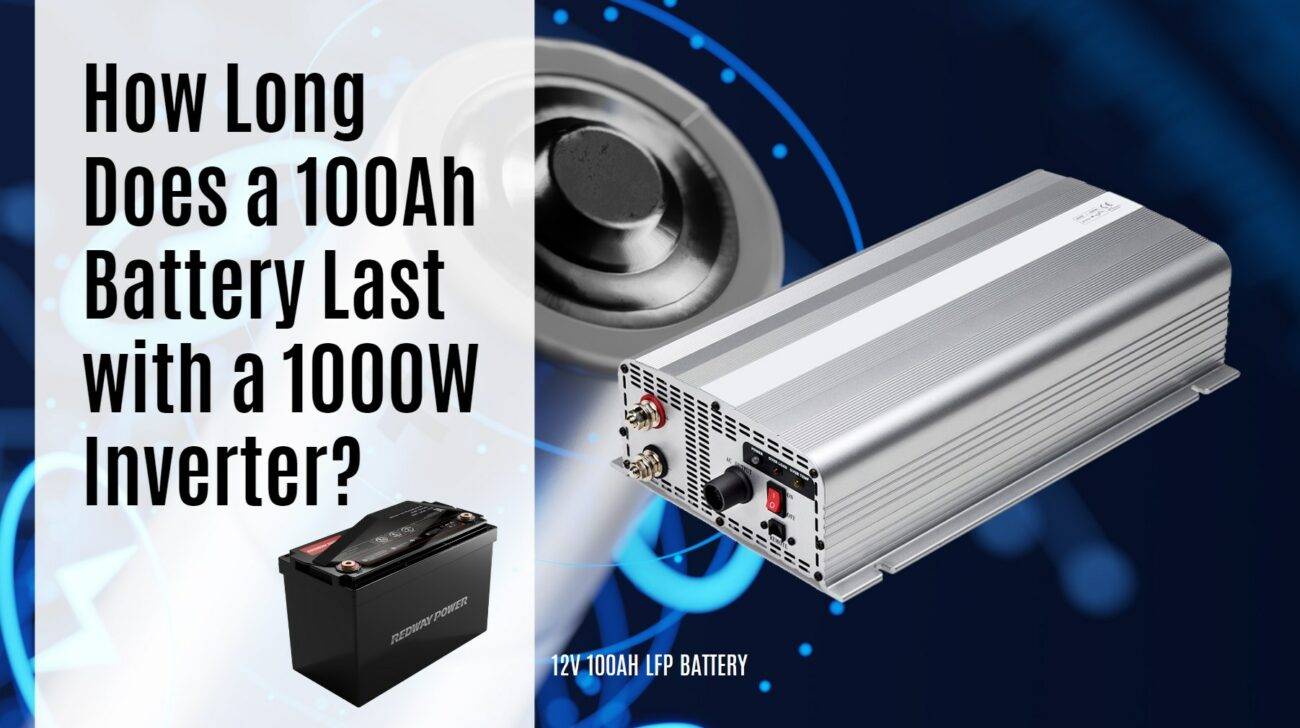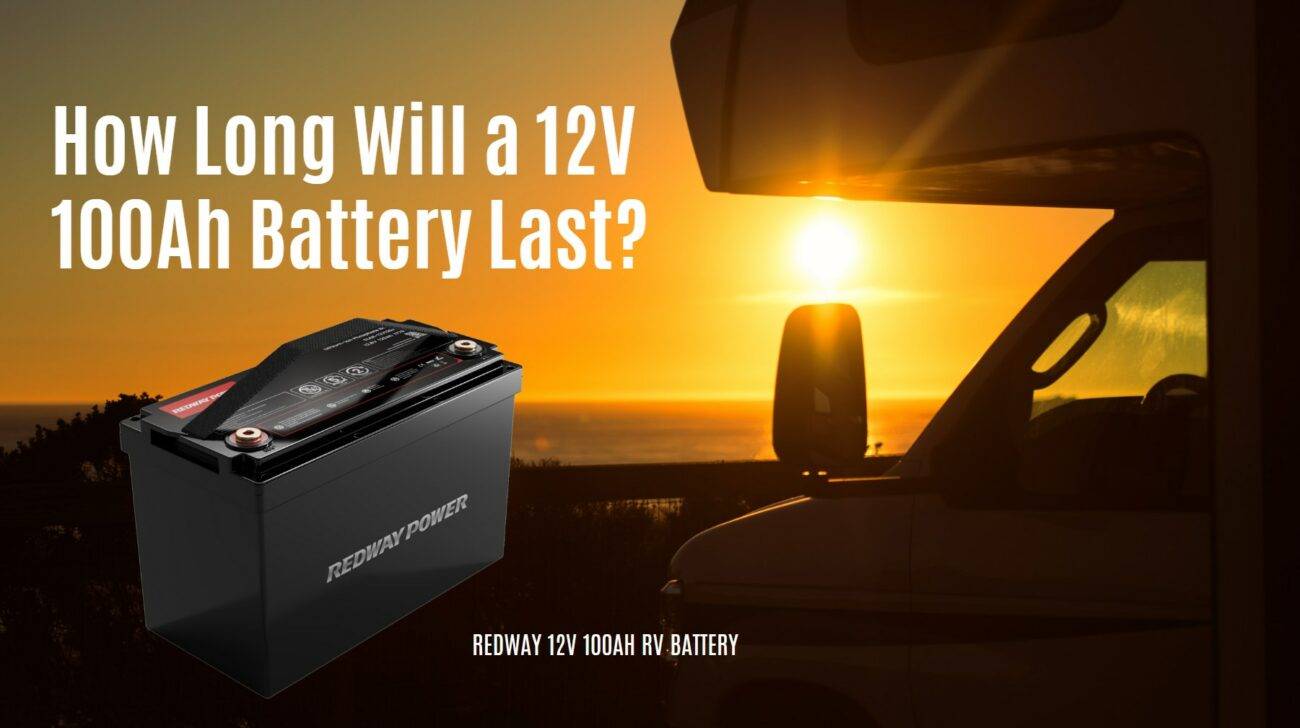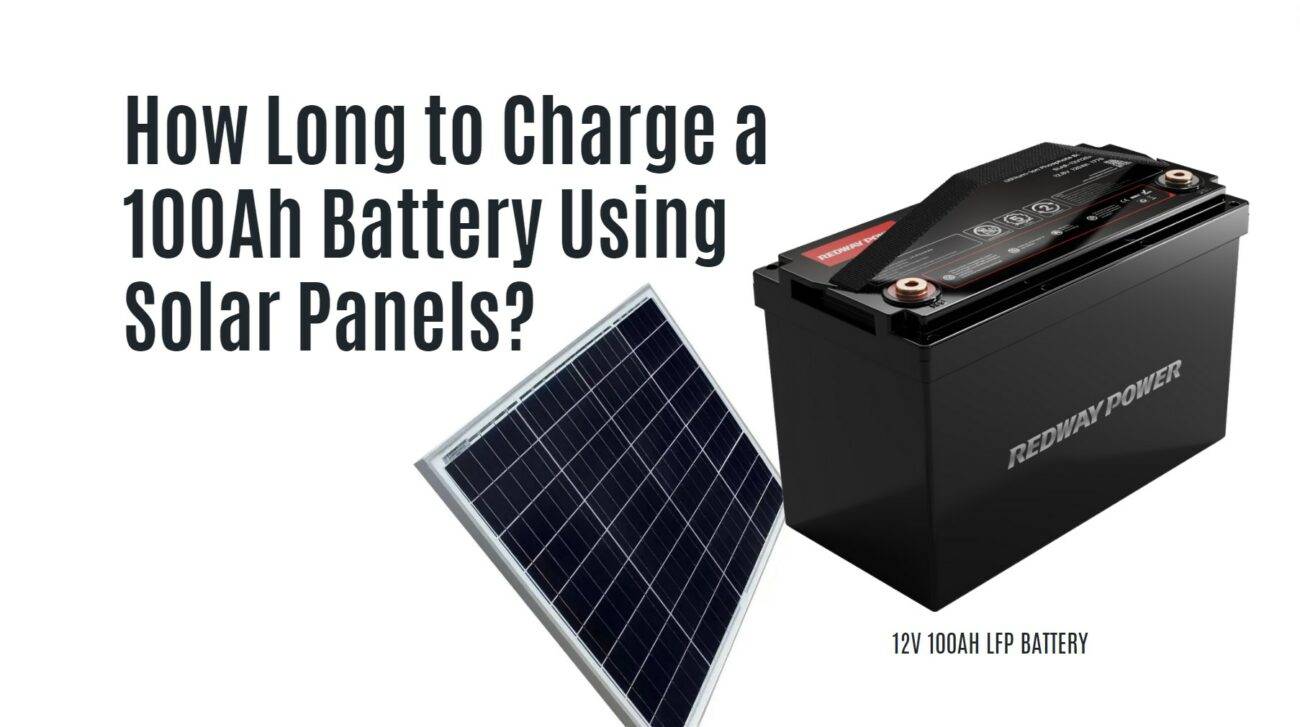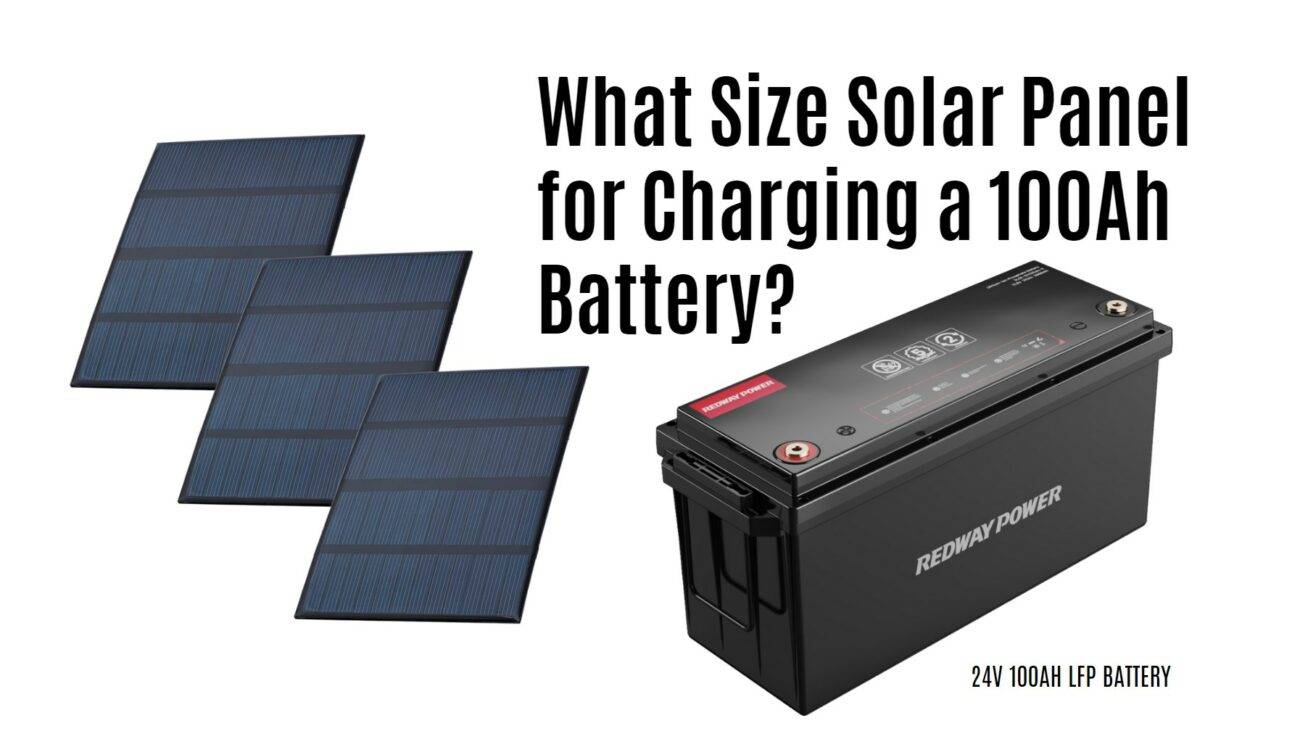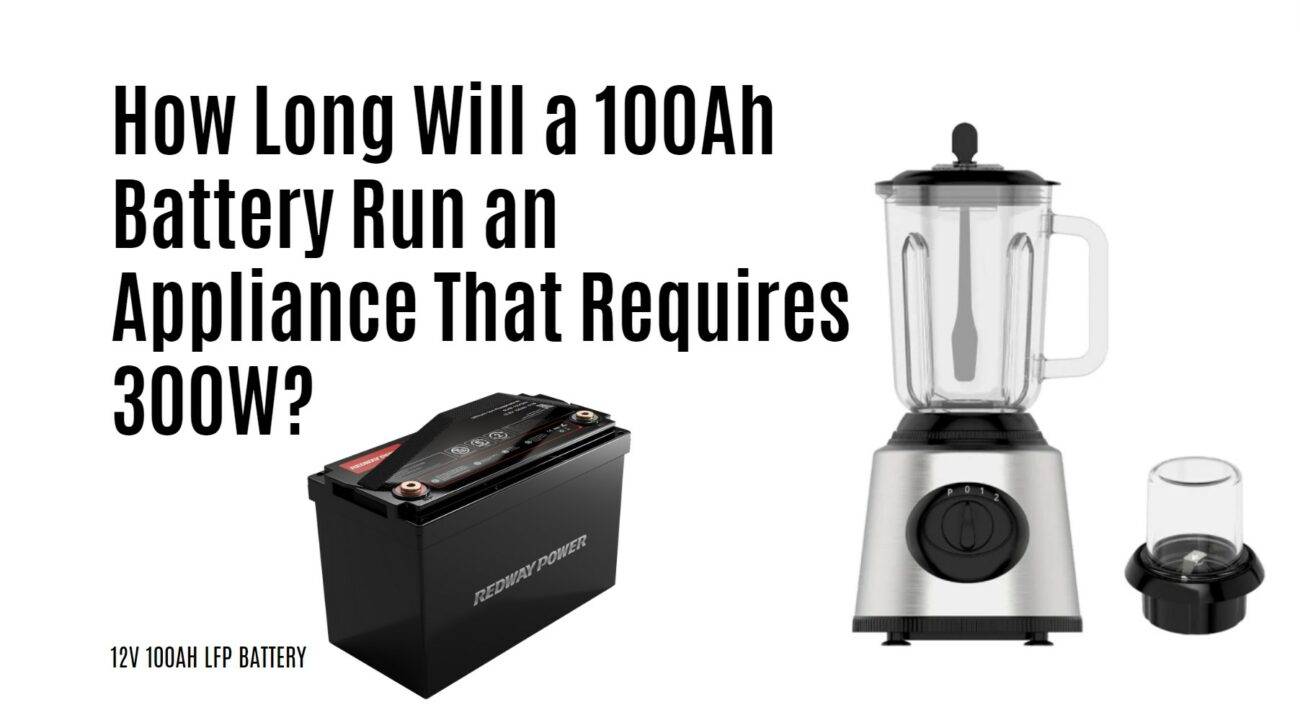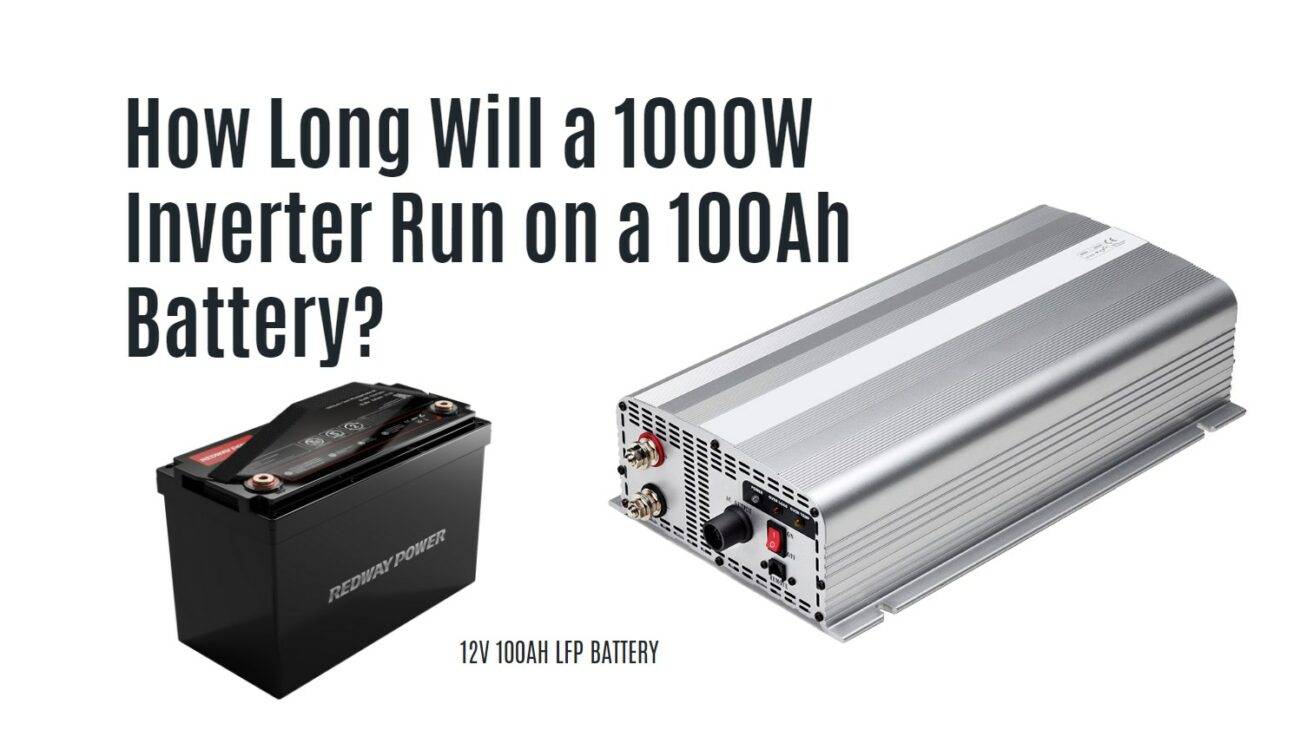
Blog
Can You Run a 3000W Inverter on a 100Ah Battery?
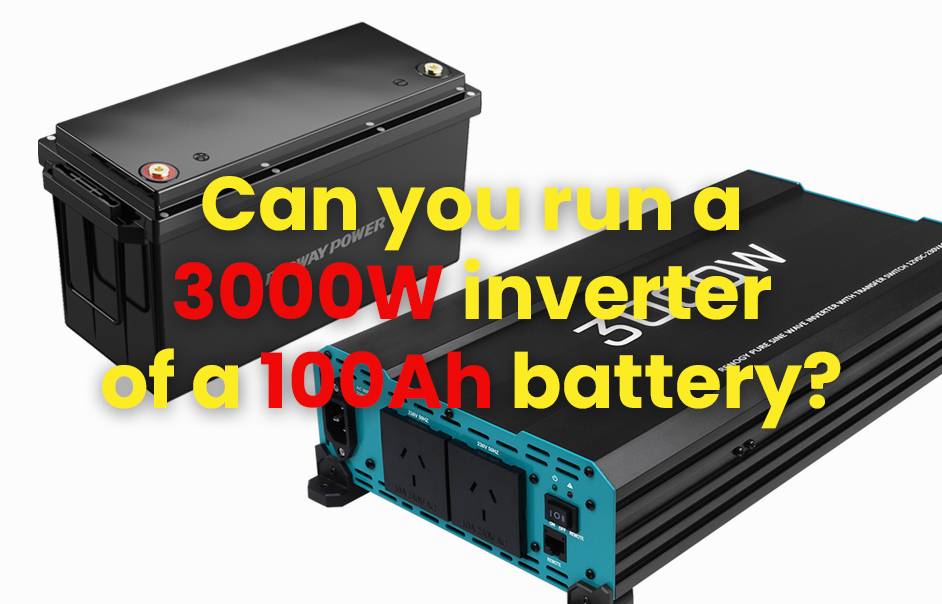
Running a 3000W inverter on a 100Ah battery poses significant challenges due to power requirements and capacity limitations. While technically possible, it is generally not advisable as it can lead to rapid battery depletion and potential damage. Understanding the power dynamics involved is crucial for effective usage.
What Is the Power Requirement for a 3000W Inverter?
A 3000W inverter is designed to convert direct current (DC) from batteries into alternating current (AC) for powering various electrical devices. The inverter’s power rating indicates its maximum output capacity, which means it can handle loads up to 3000 watts. However, continuous operation at this level requires careful consideration of battery capacity and discharge rates.
How Many Amps Does a 3000W Inverter Draw?
A 3000W inverter draws approximately 250 amps from a 12V battery system when fully loaded. If connected to a 24V system, it would draw about 125 amps, and at 48V, it would require around 62.5 amps.
To determine how many amps a 3000W inverter draws, you can use the formula:
For example, if using a 12V battery:
This calculation shows that operating a 3000W inverter would require 250 amps, which far exceeds the output capabilities of a 100Ah battery, especially considering inefficiencies and peak loads.Chart: Amperage Calculation for Different Voltages
| Voltage (V) | Power (W) | Current (A) |
|---|---|---|
| 12 | 3000 | 250 |
| 24 | 3000 | 125 |
| 48 | 3000 | 62.5 |
What Battery Capacity Is Necessary for Running a 3000W Inverter?
To run a 3000W inverter, you need sufficient battery capacity to handle the high current draw. A 100Ah battery is inadequate because it can only supply 100 amps at most under ideal conditions. To calculate the necessary capacity, consider the following:
- Continuous Load: If you plan to run devices continuously at full power, you need batteries that can support this load without depleting quickly.
- Recommended Capacity: For practical use, it’s advisable to use batteries with at least 500Ah capacity or more, depending on your usage patterns.
Chart: Recommended Battery Capacities Based on Load Duration
| Load Duration | Required Capacity (Ah) |
|---|---|
| 1 Hour | At least 250 – 500 Ah |
| 2 Hours | At least 500 – 1000 Ah |
| Continuous Use | More than 1000 Ah |
How Long Can a 100Ah Battery Power a 3000W Inverter?
A 100Ah battery can power a 3000W inverter for about 15 to 30 minutes, depending on the load and efficiency losses. This is due to the high current draw required by the inverter, which significantly drains the battery quickly.
The runtime of a 100Ah battery powering a 3000W inverter can be calculated as follows:
- Assume the inverter draws 250 amps continuously.
- Theoretical runtime:
This calculation shows that under continuous load, the battery would last only about 24 minutes, which is impractical for most applications.
What Are the Risks of Running a High-Power Inverter on a Small Battery?
Running a high-power inverter on a small battery can lead to over-discharge, overheating, and potential damage to both the inverter and battery. It may also create safety hazards, such as fire risks due to excessive current draw.
Using a 100Ah battery with a 3000W inverter poses several risks:
- Rapid Depletion: The battery will deplete quickly, leading to potential deep discharges that can damage its lifespan.
- Overheating: High currents can cause overheating in both the inverter and the battery, risking failure.
- Inefficiency: Operating at such high loads reduces overall efficiency and may lead to wasted energy.
Can You Use Multiple Batteries to Support a 3000W Inverter?
Yes, using multiple batteries in parallel can provide sufficient capacity to support a 3000W inverter effectively:
- Parallel Configuration: Connecting several batteries in parallel increases total amp-hour capacity while maintaining voltage.
- Example Configuration: To run the inverter effectively, you might consider using four or more 100Ah batteries in parallel, giving you enough capacity to handle high loads without risk.
Chart: Parallel Battery Configuration Example
| Number of Batteries | Total Capacity (Ah) | Total Current Draw Supported |
|---|---|---|
| 1 | 100 | Up to 100A |
| 2 | 200 | Up to 200A |
| 4 | 400 | Up to 400A |
Tips for Battery Wholesale Buyers
When purchasing batteries wholesale or making OEM orders, it’s crucial to choose a reliable manufacturer like Redway Power, which has over thirteen years of experience in lithium battery manufacturing. They offer various lithium-ion products that serve as excellent alternatives to lead-acid batteries. To make OEM orders effectively:
- Research potential suppliers thoroughly.
- Request samples to evaluate quality.
- Discuss customization options based on your needs.
- Ensure clear communication regarding specifications and delivery timelines.
Redway Power Expert Views
“Understanding how to pair your batteries with your inverter’s power requirements is essential,” states an expert from Redway Power. “Using insufficient battery capacity not only risks damaging your equipment but also leads to inefficient energy use.”
